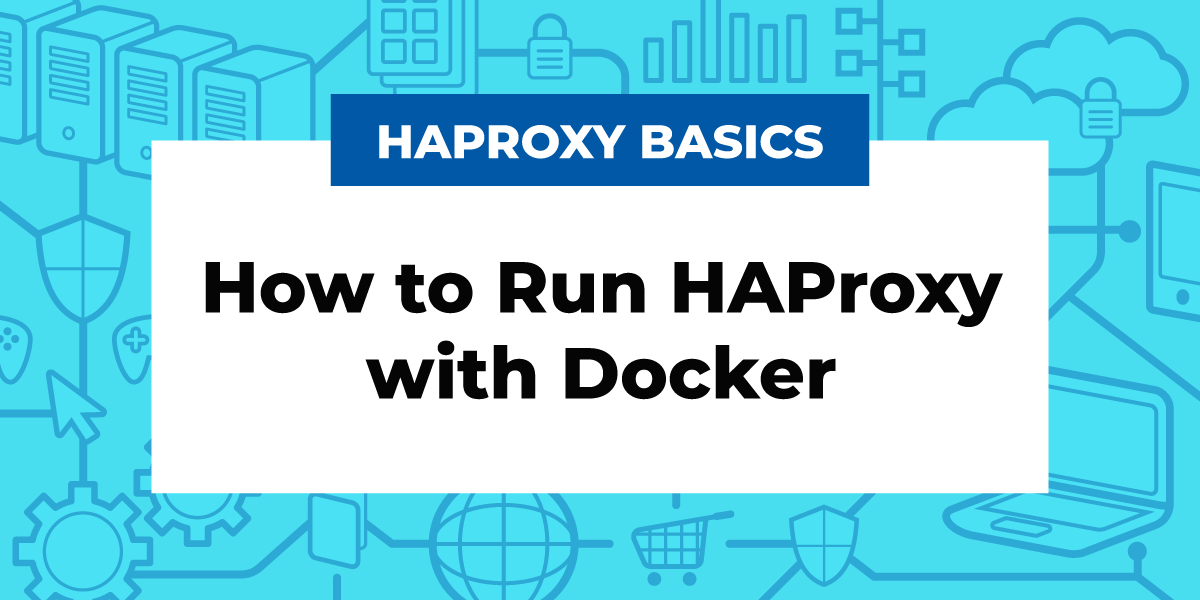

If your Docker containers struggle to perform, it may be due to the size of the app inside the container. Monolithic applications tend to be slower than applications built using microservice architecture. PIDS - The number of threads a container created.Ĭonsider Switching to Microservice Architecture.BLOCK I/O - Data written to host block devices.The docker stats command displays the important metric data about the running containers. When dealing with a specific container that is performing worse than expected, it may be helpful to check container-specific metrics. Consider upgrading your system if a component does not perform as expected. When you experience slow Docker performance, check your CPU, memory usage, and available disk space. A slow CPU or insufficient RAM can become a bottleneck, slowing down Docker's performance. The performance of the host machine influences the containers performance. There are several ways to make your Docker perform faster, ranging from hardware improvements to tweaks inside Docker itself.

Moving a large amount of data over the internet causes network latency to become a factor in the general Docker performance. Unless you create your registry, Docker will use Dockerhub to fetch images directly. Misconfigured daemon startup options, networking, and other parameters can degrade Docker's performance. Default Docker Configuration Still in UseĮven though the default Docker configuration provides reasonable parameters for Docker to work out of the box, every system is specific. If the context size is too large, build-time performance may be affected. A context is the set of files in a specified location to which the build process can refer. The docker build command uses two sources to build an image - a Dockerfile and a context. Note: Check out our article Docker Image vs Docker Container to learn more about the difference between these two.


 0 kommentar(er)
0 kommentar(er)
